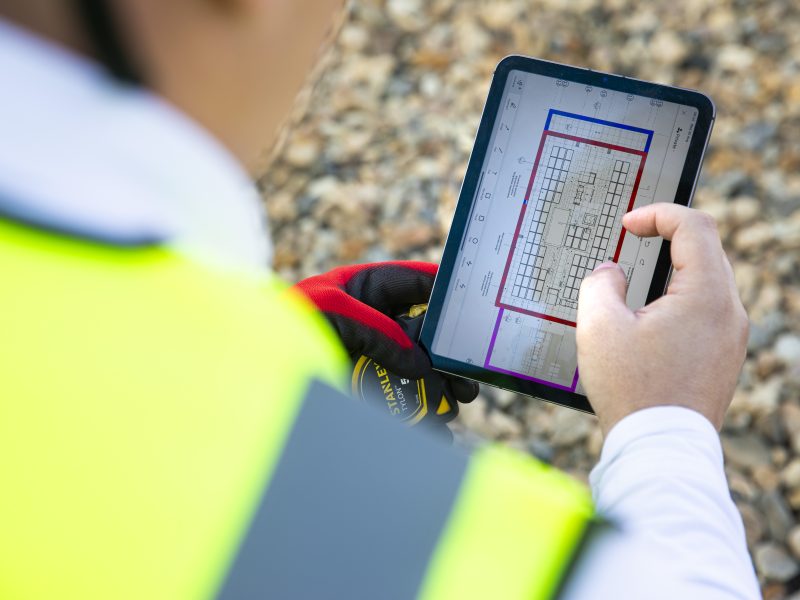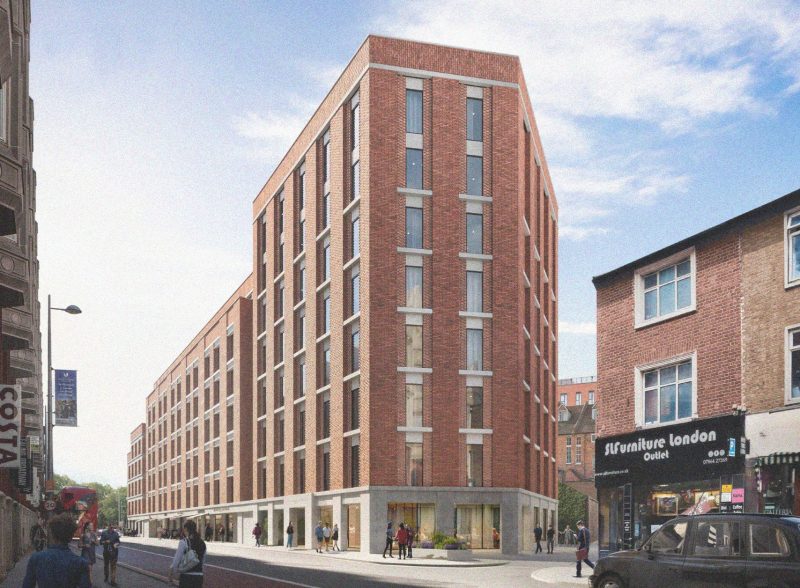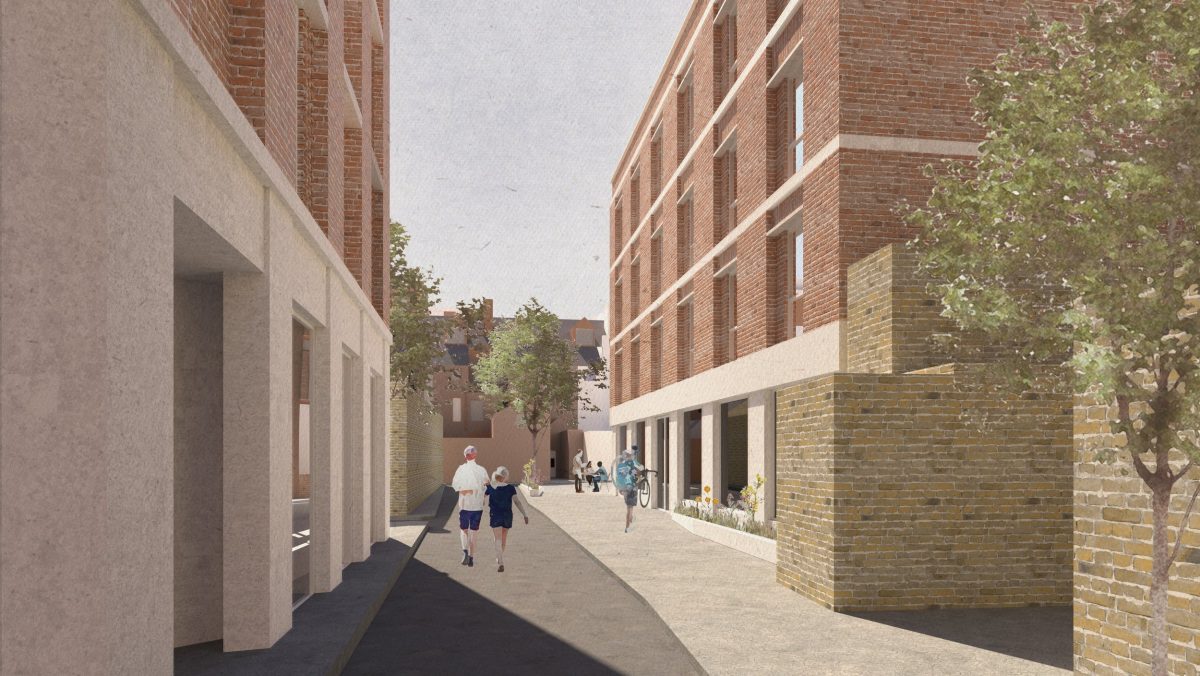

Our expertise
Pioneering the way with the most advanced ideas to solve the most complex problems.
Find out moreLondon
Hub / Bridges Fund Management
Claridge Architects
Procurement
We are proud to be supporting the transformation of Sandringham Mews – a consented 318-home co-living development situated within the Ealing Town Centre Conservation Area in West London. Acting as Employer’s Agent, Quantity Surveyor, and Carbon Manager (carrying out both Lifecycle Carbon Assessments and Lifecycle Costings), Circle Development is working closely with Hub and Bridges Fund Management on this ambitious and community-focused scheme, alongside Claridge Architects.
Located on an under-utilised backland site previously used as a car park, the development will bring new purpose to a centrally positioned and well-connected plot. The scheme is designed to provide high-quality co-living homes, a range of communal amenities, flexible commercial space, and enhanced public realm that promotes safer pedestrian movement and vibrant community interaction.
co-living homes planned
wheelchair-accessible units included
homes dedicated for care leavers
retained historic public house
new buildings delivering varied street presence
Sandringham Mews represents a major opportunity to reintroduce purpose and vitality into a backland car park in the centre of Ealing. Strategically located, yet previously underused, the site will be brought back into full use through the introduction of two carefully positioned buildings along High Street and Sandringham Mews.
Designed with sensitivity to its surroundings, the scheme balances heritage with progress, responding to its location within the Ealing Town Centre Conservation Area. Claridge Architects have developed a massing and architectural strategy that varies across the site in response to its diverse context, addressing both the historic streetscape and the more private, internal aspects of the block.
As Employer’s Agent and Quantity Surveyor, we play a key role in navigating complex site conditions and unlocking maximum potential. By managing risks early and ensuring financial viability throughout the planning and pre-construction phases, we’ve supported a scheme that aligns value with vision.



At its core, the Sandringham Mews development prioritises a shared way of living. The scheme provides 318 co-living homes with a rich mix of communal spaces, promoting social cohesion and inclusivity. Residents will benefit from co-working lounges, a communal kitchen, cinema, gym, rooftop gardens, and two sunken courtyards with biodiverse planting. The development includes 14 wheelchair-accessible units and 10 homes dedicated to care leavers, ensuring it provides for a broad range of needs. A reimagined public realm will also provide new landscaped areas and pedestrian routes that link to the wider neighbourhood, encouraging movement through and around the site.
Our involvement has been central to shaping this social focus. As Quantity Surveyor, we have maintained cost certainty across multiple complex shared-use areas, while ensuring quality and community value remain paramount. In our role as Clerk of Works, we’ve provided on-site oversight to ensure that construction quality meets design intent and specification. Together, these roles support a delivery approach that balances ambition with budget discipline, making socially impactful design a reality.
Sandringham Mews is conceived with sustainability at its heart, targeting a BREEAM ‘Excellent’ rating with the potential to achieve ‘Outstanding’. Through our role as Carbon Manager, we have undertaken a full Life Cycle Assessment (LCA), ensuring that the scheme exceeds the current environmental standards set out in The London Plan and by Ealing Council.
We’ve worked closely with the design team to ensure low-carbon thinking is integrated at every stage – from early materials selection through to operational energy strategies. The result is a scheme that not only delivers homes but contributes meaningfully to the area’s wider environmental goals.
Located within walking distance of Ealing Broadway station and equipped with secure cycle storage throughout, the project promotes active travel and low-emission lifestyles. Green infrastructure, including tree planting and rooftop gardens, supports biodiversity while reinforcing a sense of wellbeing across the development.
Our role has ensured that climate impact remains measurable, manageable and transparent – supporting a future-proofed approach that responds to the climate emergency with purpose and pragmatism.
